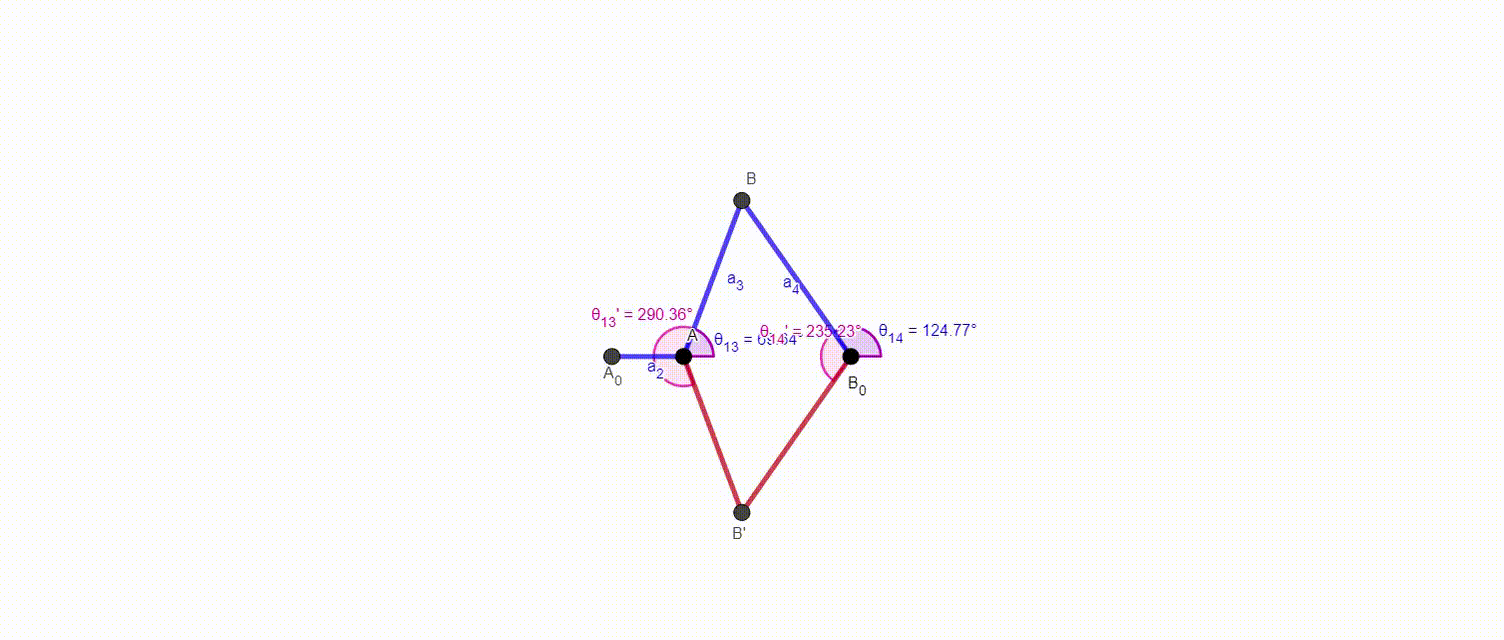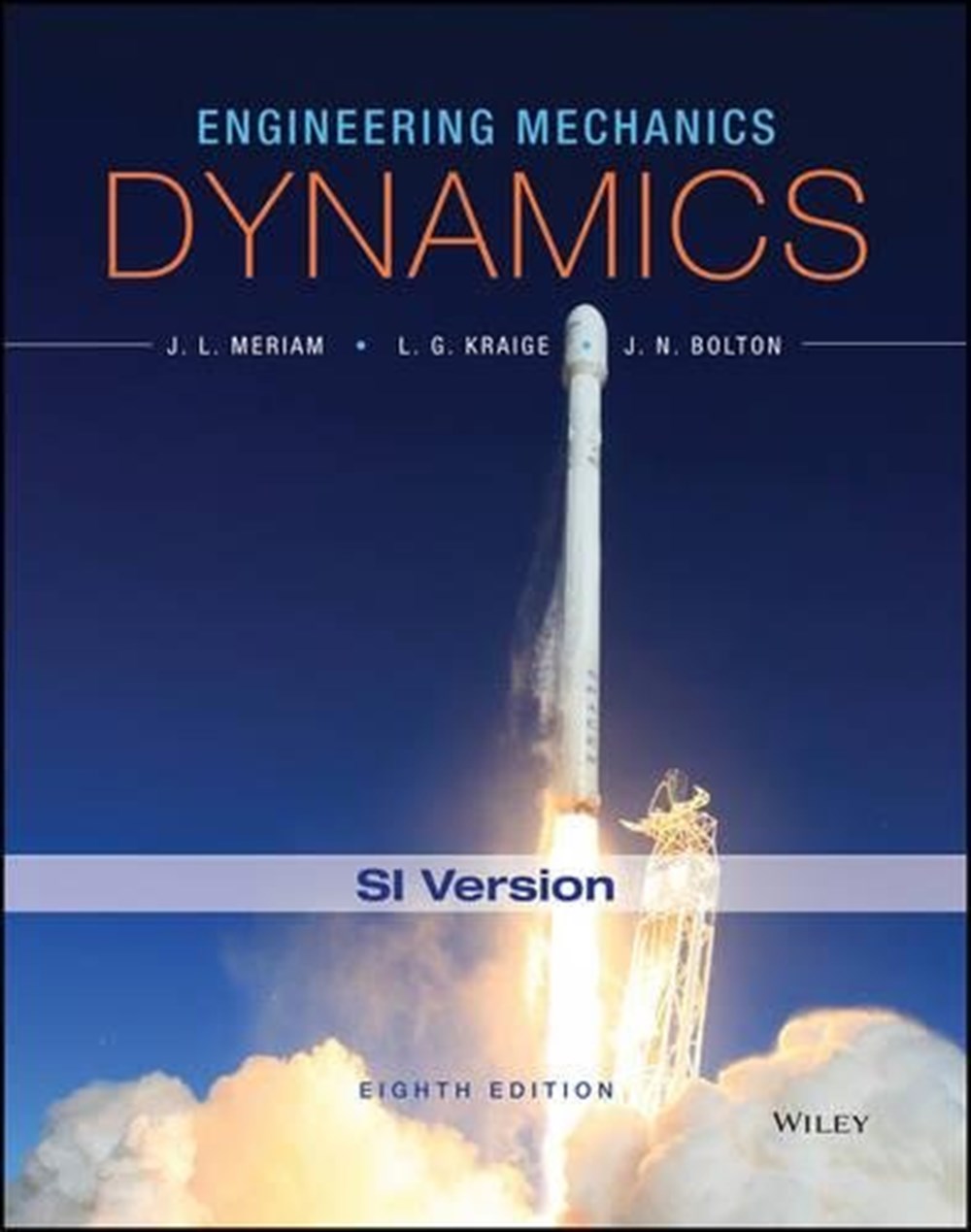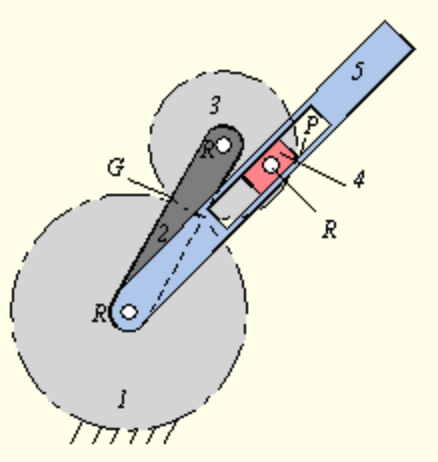Course Content
0. Introduction & Review
1. Canonical Representation of Plane Motion
2. Curvature Theory: Infinitesimal Plane Motion
3. Cubic of Stationary Curvature
If you have already attended ME 431 Kinematic Synthesis of Mechanisms you would appreciate the analogy between finitely separated positions of ME 431 and infinitesimally separated positions of ME 519. Although the course title contains the word analysis it utilizes analysis methods to synthesize (i.e. design) planar mechanisms.
- Instructor: ergin tonuk
Course Outline
1. Introduction and Basic Concepts
- Degree of Freedom, General Equation, Kutzbach Formula, Exceptions, Grübler’s Equation, Classification of Mechanisms, Kinematic Inversion, Enumeration
2. Kinematic Analysis of Mechanisms
- Complex Number Representation of Planar Vectors
- Position Analysis of Mechanisms and Loop Closure Equation
- Solution Techniques for Loop Closure Equation
- Graphical Solution Methods
- Analytical Solution Methods
- Velocity Analysis and Singular Positions, Velocity Influence Coefficients
- Acceleration Analysis
3. Gear Trains
- Simple and Compound Gear Trains, Planetary Gear Trains, Gear Trains with Bevel Gears
4. Vectorial Force Analysis in Machinery
- Static Force Analysis
- Dynamic Force Analysis
5. Four Link Mechanisms
- Four Bar Mechanism, Grashof’s Rule, Transmission Angle, Dead-Center Positions of Four-Bar and Slider-Crank Mechanisms, Body Guidance: Four Bar Mechanism Design for Two Positions, Function Generation: Use of Freudenstein’s Equation with Chebyshev Spacing

- Instructor: ergin tonuk
Mechanics deals with the behavior (motion and / or shape change) of matter under the action of forces.
Dynamics deals with the motion of particles (bodies of negligible dimensions) and rigid bodies (bodies whose shape change is negligible under the action of forces). It has two sub-branches:
- Kinematics deals with the motion only, without reference to forces that either produce the motion or are due to motion.
- Kinetics relate the forces to motion.
Dynamics appears in the curriculum of many branches of engineering education dealing with mechanics in addition to physics.
This course deals with planar (two dimensional) kinematics and kinetics.
The course is composed of two parts, particles and rigid bodies. Each part is further subdivided into kinematics and kinetics. Kinetics parts are further subdivided into direct application of Newton's second law, work-energy and impulse-momentum methods.
The textbook is Dynamics by Meriam and Kraige and the content is as follows:
Chapter 1 Introduction
Chapter 2 Kinematics of Particles
Chapter 3 Kinetics of Particles
Chapter 5 Plane Kinematics of Rigid Bodies
Chapter 4 Kinetics of Systems of Particles (4/1 to 4/5 only)
Appendix B Mass Moments of Inertia
Chapter 6 Plane Kinetics of Rigid Bodies
Depending on your discipline you may need other topics that are not covered in this course like introduction to three-dimensional dynamics, mechanical vibrations, virtual work method etc.

- Instructor: ergin tonuk
Ders İçeriği:

Course Content:
